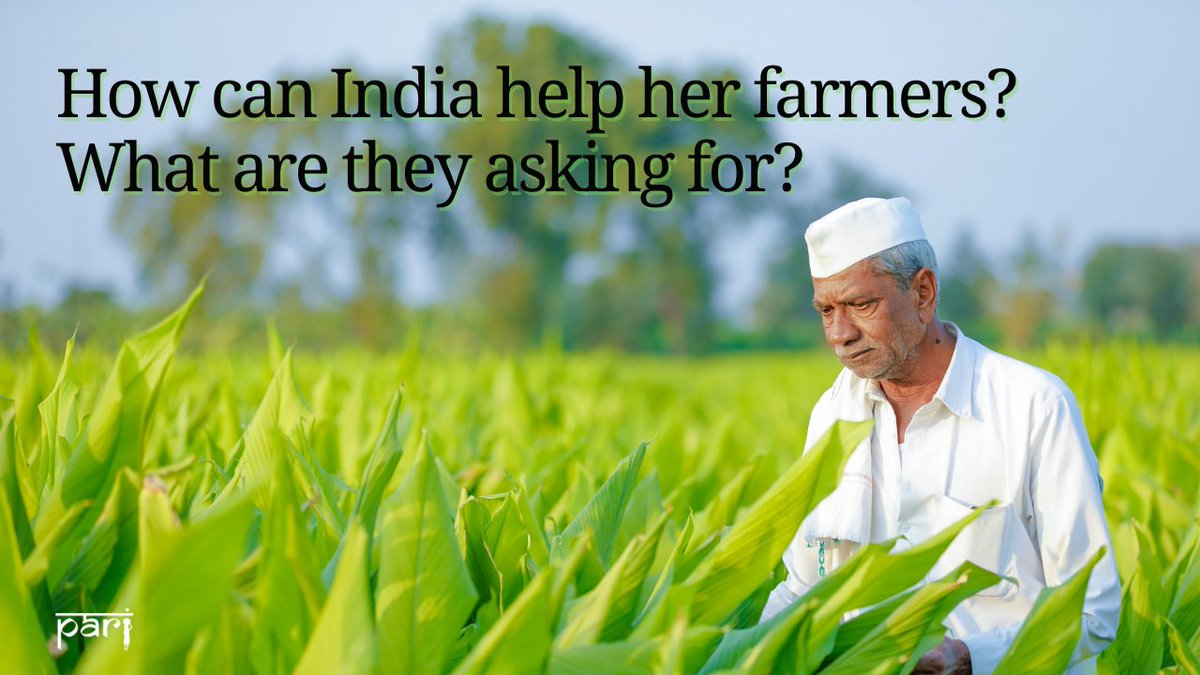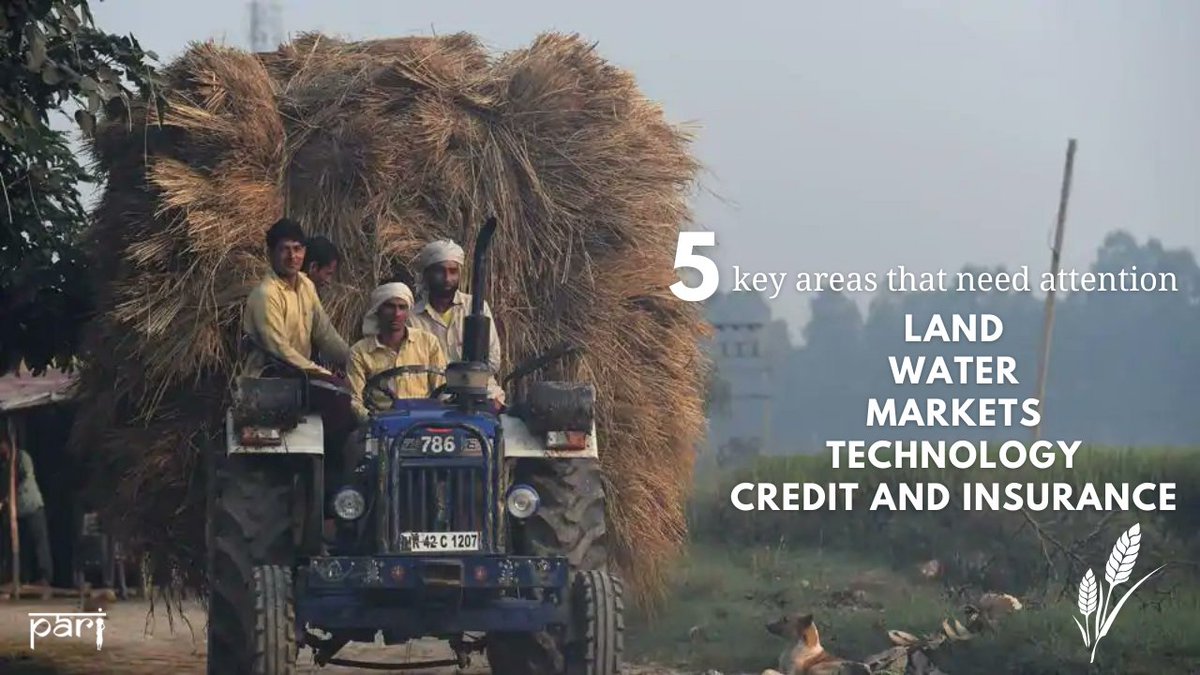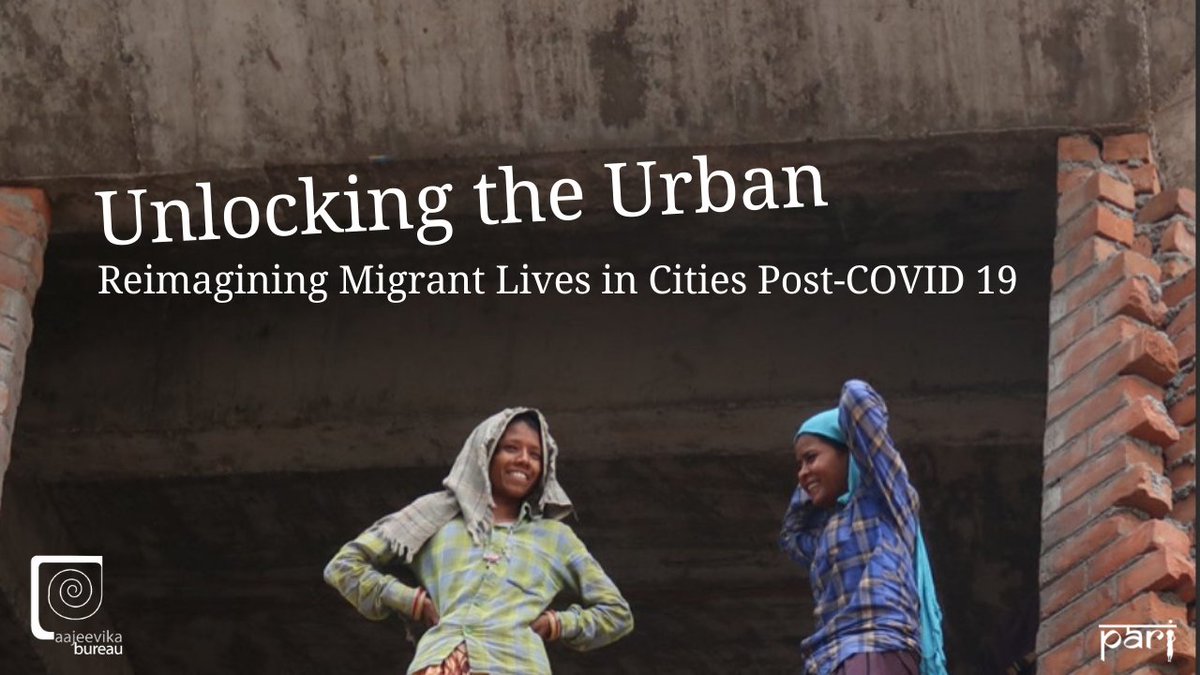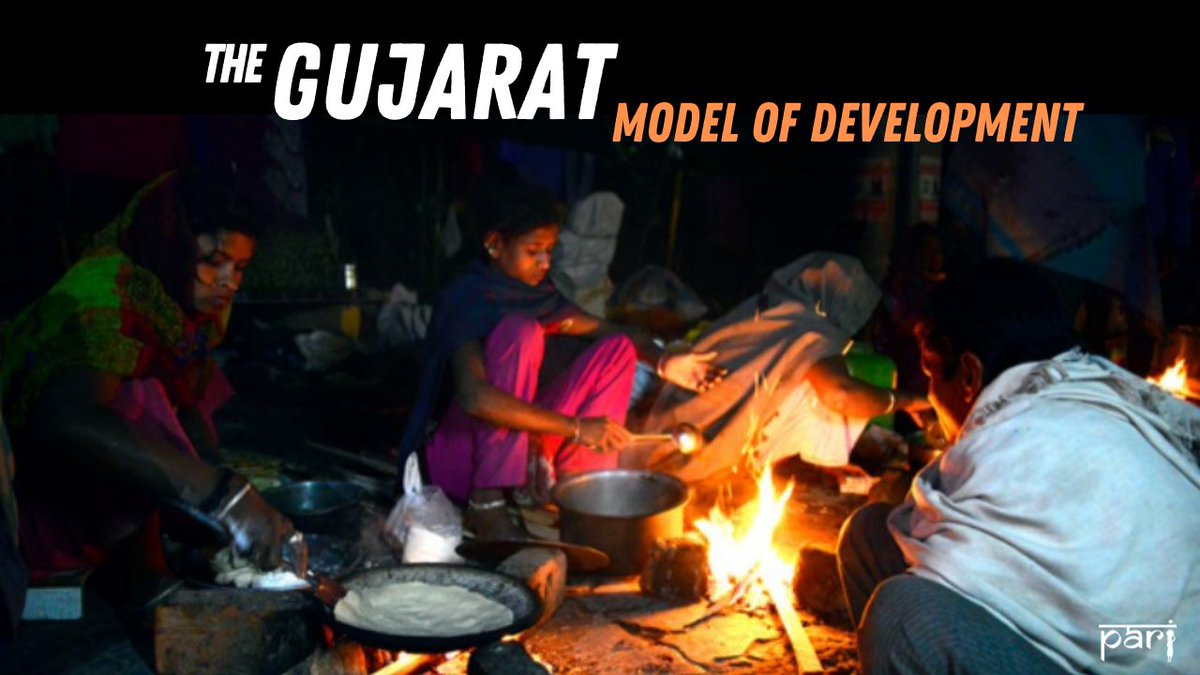
Here are 4 photo essays that capture how the #FarmersProtests have been going on?
https://twitter.com/PARInetwork/status/1353576947821932545?s=20
An hour-by-hour photo story of #RepublicDay
https://twitter.com/PARInetwork/status/1354768830023667712?s=20
Largest celebration of #WomensDay in the country
https://twitter.com/PARInetwork/status/1370251094232682496?s=20
• • •
Missing some Tweet in this thread? You can try to
force a refresh


















